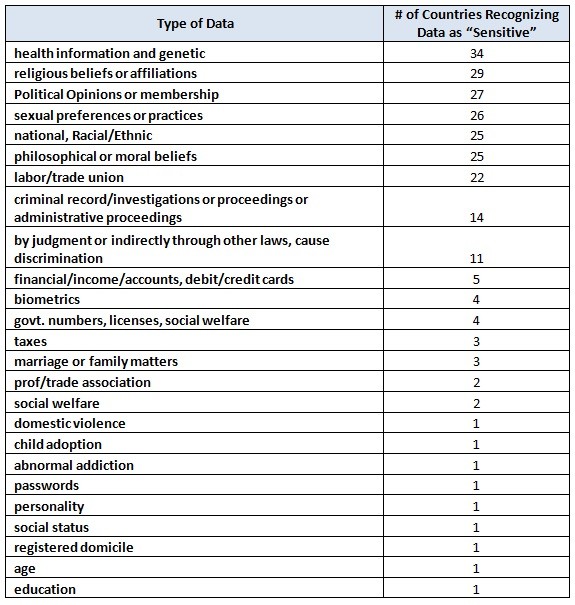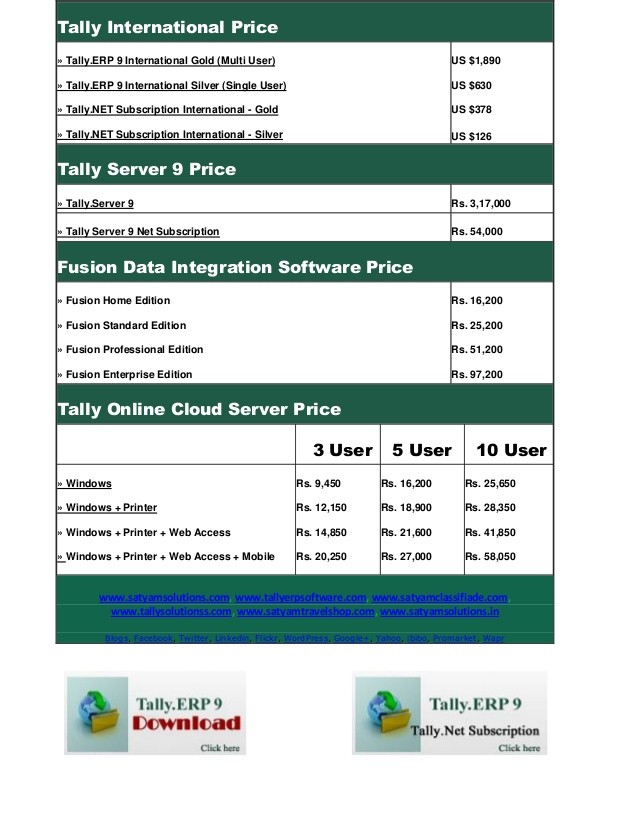How to Tally the Cost Basis of Your Club’s Securities
Post on: 25 Июнь, 2015 No Comment

The Calculation Begins With the Purchase Price and Other Fees
I’ve covered items that affect the cost basis of members in an investment club. What about the cost basis of the securities in their portfolio? What transactions affect security cost basis? The answer to that depends on the security.
For common stock, the cost basis begins with all the costs associated with purchasing the stock. Commissions and other fees charged for the purchase are added to the actual cost of the stock to derive the initial cost basis. This is recorded for each purchase or block and tracked separately. Capital gain is calculated for each block purchased, so the cost basis must be tracked for each individual block.
Stock splits don’t change the cost basis of a block. The number of shares in the block changes, but the cost basis doesn’t change unless cash in lieu is received in the split. In this case, the prorated cost basis of the fractional share sold is subtracted from the cost basis of the security. Simple mergers transfer the cost basis of the original security to the shares received of the surviving company on a block-by-block basis and adjusted for fractional shares sold, if any. Some mergers include cash payments as part of the merger.
Depending on particular circumstances, the cash is some combination of a return of capital and a capital-gain distribution. Capital-gain distributions don’t affect the cost basis of the security. Cost basis is reduced by a return of capital transaction. This decrease will be prorated among all blocks transferred in the merger. Dividends received don’t affect the security’s cost basis.
Mutual funds offer a choice. Owners of funds can choose to use the average cost method. If this method is chosen — the option appears in the security profile — the total costs for all purchases are averaged. The result is a cost basis per share that’s the same for all shares. Blocks can still be individually chosen in a sale, but each will have the same average cost basis per share. If this option isn’t chosen, cost basis is tracked the same as for common stock.
The other transactions mentioned above change the cost basis of the mutual fund in the same way as for common stock. If average cost basis was chosen, the changes are prorated on a per share basis rather than on a per block basis.
Publicly traded partnerships are different. The cost basis is tracked as a whole even if multiple purchases are made. For tax purposes, it isn’t tracked on a block-by-block basis.

It’s the same method used to track the individual cost basis of members in an investment club. Distributions from partnerships are considered a return of capital and decrease the cost basis.
Unlike stocks, the earnings from a partnership increase the owner’s cost basis in the partnership. Partners receive a Schedule K-1 and use the information on it to adjust their cost basis in the partnership.
A sale of a partnership interest is treated as a return of capital up to the cost basis. Any amount received above the cost basis is a capital gain and doesn’t affect the cost basis.
Currently available software tracks the cost basis of partnerships as if they were common stock. Sometimes complex work-arounds must be used to adjust the cost basis of partnerships to be accurate for tax purposes. This is a major reason these securities aren’t recommended as investments for clubs.














